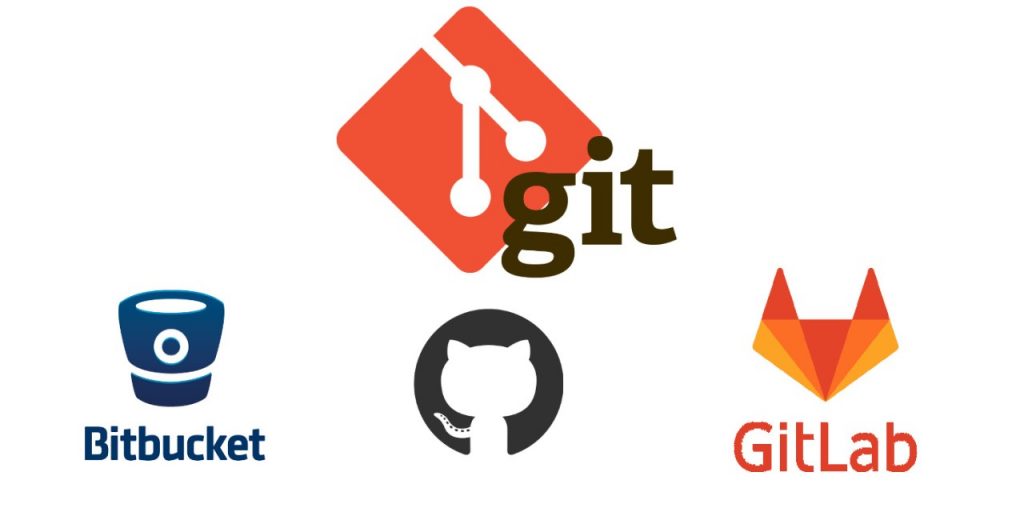Now Reading: How to Secure a Web Application: Access Control, Data Protection, and Validation
-
01
How to Secure a Web Application: Access Control, Data Protection, and Validation
How to Secure a Web Application: Access Control, Data Protection, and Validation

Hey there! If you’re venturing into web development or just want to keep your online projects secure and running smoothly, you’ve probably come across terms like access control, data protection, and validation. These might sound like technical jargon, but they’re actually the pillars that keep your web app safe from the bad guys — whether it’s hackers, malicious users, or even accidental mishaps. So, what exactly are these, and why should you care so much about them? Well, imagine your web application as a bustling digital office building. You wouldn’t let just anyone wander in, right? You want to keep the unauthorized out, protect your valuables inside, and make sure everyone who’s supposed to be there is who they say they are. That’s basically what access control, data protection, and validation do.
Let’s break it down:
- Access Control: Think of this as the security desk or the receptionist who checks IDs before letting someone inside. It ensures only authorized users get access to certain parts of your web app. Whether it’s logging in through passwords, multi-factor authentication, or OAuth, access control helps define who can do what. It’s all about managing permissions and roles—for example, admin versus regular user—and making sure users only see or modify what they’re supposed to.
- Data Protection: This is like locking valuables in a safe inside the building. It involves encrypting data both when it’s stored (at rest) and during transmission (in transit), like on HTTPS connections. Data protection ensures that even if someone intercepts the data (say, through a man-in-the-middle attack) or gains unauthorized access, they can’t read or misuse it. Plus, keeping your software and dependencies up-to-date is critical, because vulnerabilities are often lurking in outdated or poorly maintained code.
- Validation: Think of this as the gatekeeper checking IDs and forms carefully before letting anyone or anything inside. It’s about verifying user input to prevent malicious data from entering your system. For example, if a user submits a form with a script embedded, and you don’t check and sanitize it, that could lead to cross-site scripting (XSS) attacks. Validation helps ensure data integrity, prevents injection attacks like SQL injection, and keeps your system reliable.
All these components work together like a well-oiled security system. Implementing them properly creates a resilient defense that keeps your web application trustworthy, protects your users’ data, and maintains your reputation.
Practical Tips and Best Practices to Implement Robust Web Application Security: Making Access Control, Data Protection, and Validation Work for You
Now that we know why these security measures are vital, let’s talk about how to make them work in practice. Building a secure web application isn’t something you do just once; it’s an ongoing process—a journey of continuous improvement. Think of it like installing a home security system: layering defenses so that if one layer is breached, others still stand strong.
1. Mastering Access Control: Keep the Right Doors Locked
- Choose the right authentication methods: Use strong passwords, but go beyond that with multi-factor authentication (MFA)—adding a second layer like a code sent to your phone or biometric verification. If possible, third-party OAuth providers like Google or Facebook can simplify login while keeping it secure.
- Define roles and permissions clearly: Not everyone should have admin rights. Create roles (e.g., user, moderator, admin) and assign permissions accordingly. Regularly review these permissions to spot and fix any privilege escalations.
- Implement session management carefully: Never leave sessions open longer than necessary, and use secure cookies with flags like HttpOnly and Secure.
- Limit access to sensitive functions: Use access control middleware or annotations to restrict access to critical features, and log all admin activities for accountability.
2. Data Protection: Lock It Up Tight
- Use HTTPS everywhere: Encrypt data in transit. An SSL/TLS certificate ensures your users’ data isn’t sniffed out by attackers.
- Encrypt sensitive data at rest: Store passwords using strong hashing algorithms like bcrypt or Argon2. For other sensitive info like credit card details, consider encryption and tokenization.
- Keep dependencies up-to-date: Regularly patch your frameworks, libraries, and server software to fix known vulnerabilities.
- Implement secure storage solutions: Use managed services and encrypted databases whenever possible, especially for highly sensitive info.
- Back up your data securely: Regular backups help recover from data corruption, ransomware, or hardware failures, but ensure backup files are also securely stored.
3. Validation: Be the Gatekeeper
- Validate on both client and server sides: Never rely solely on client-side validation—it’s easy to bypass. Always check input server-side before processing.
- Sanitize user inputs: Remove or encode special characters to prevent cross-site scripting (XSS) or injection attacks. Use well-established libraries and frameworks that handle sanitization.
- Validate data formats and constraints: Check that inputs conform to expected formats—emails, phone numbers, dates—and enforce length limits.
- Use prepared statements for database queries: This prevents SQL injection by separating data from code.
- Implement Content Security Policy (CSP): This helps prevent XSS by controlling what resources can execute or be loaded on your site.
Beyond these technical steps, cultivate a security-first mindset:
- Regularly conduct security audits and vulnerability scans to identify weak spots.
- Test your defenses proactively with penetration testing—think of it as hiring good guys to find your security holes.
- Educate your team about common attack vectors and safe practices—they’re your frontline defense.
- Stay informed about emerging threats: Cyber threats evolve fast. Follow security news and update your defenses accordingly.
- Develop and enforce security policies: Clear guidelines for code reviews, incident response, and user management help maintain consistently high security standards.
In Conclusion
Securing your web application might seem daunting at first, but breaking it down into access control, data protection, and validation makes it manageable—and absolutely essential. By applying best practices in these areas, you build a multi-layered defense that can withstand a wide range of threats. Remember, security isn’t a one-time setup; it’s an ongoing effort. Constant vigilance, regular updates, and education are your best tools in creating a safe environment for your users and your reputation.
So, arm yourself with knowledge, adopt these practical measures, and keep your web app fortress strong. Because in today’s digital world, a secure app isn’t just a nice-to-have — it’s a must-have.
























